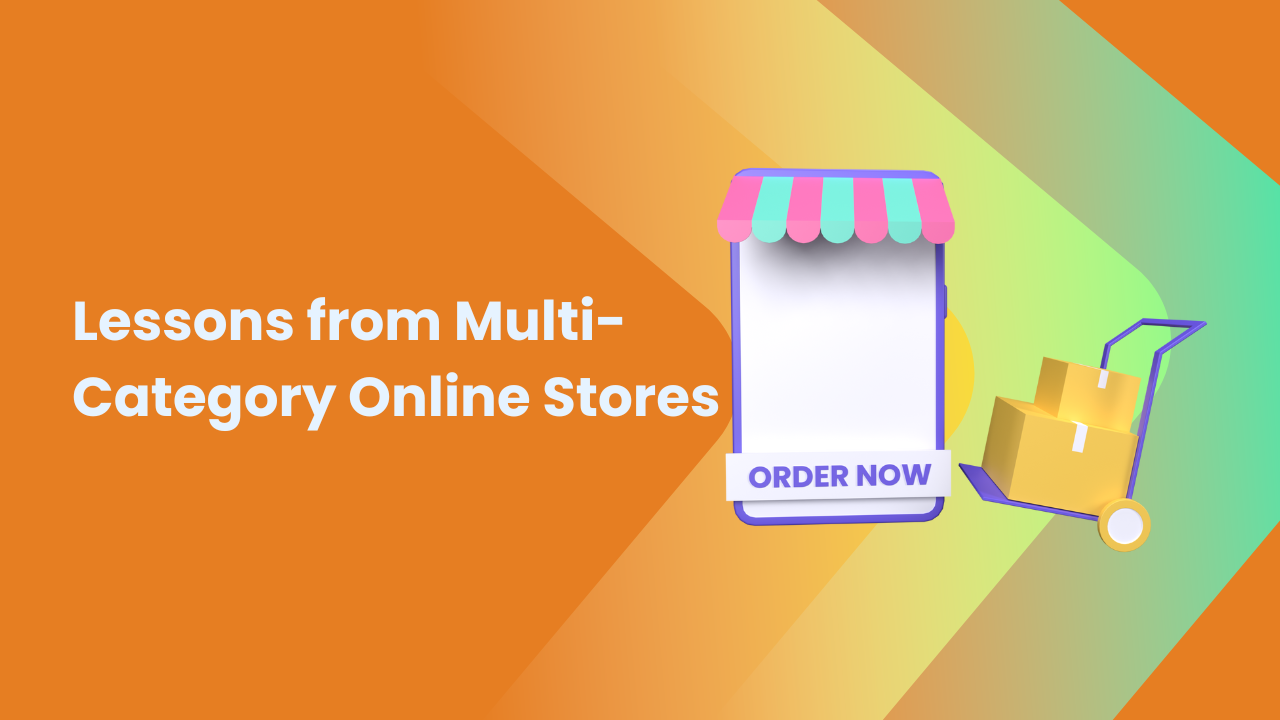Share this Article
The COVID-19 pandemic served as a pivotal moment for Nepal’s e-commerce industry, accelerating digital transformation, altering consumer behavior, and reshaping the retail landscape. While e-commerce was gradually gaining traction before the pandemic, the enforcement of lockdowns and movement restrictions forced businesses and consumers to adopt digital commerce at an unprecedented pace. Now, as Nepal navigates the post-pandemic era, its e-commerce sector faces both significant opportunities and pressing challenges that will define its long-term evolution.
1. The Surge of Digital Commerce
Prior to the pandemic, Nepal’s e-commerce industry faced hurdles such as limited digital adoption, logistical inefficiencies, and consumer reliance on traditional retail. However, COVID-19 acted as a catalyst, driving an irreversible shift toward online shopping.
- Rapid Increase in Online Transactions: With physical stores closed, consumers turned to e-commerce platforms for groceries, household essentials, and electronics, leading to an exponential rise in digital transactions.
- Proliferation of Digital Stores: Traditional retailers and small businesses swiftly adapted by establishing an online presence, resulting in a surge of digital entrepreneurship.
- Mainstream Adoption of Digital Payments: The reliance on cashless transactions grew significantly, prompting widespread adoption of digital wallets like eSewa, Khalti, and FonePay.
This accelerated transition fast-tracked Nepal’s digital economy, achieving in months what would have otherwise taken years.
2. The Boom in Online Grocery and Essential Goods Delivery
One of the most significant shifts during the pandemic was the surge in online grocery shopping, a sector that had remained relatively untapped in Nepal before COVID-19. With restricted mobility, consumers turned to online platforms for their daily essentials.
- Expansion of Grocery E-commerce: Platforms such as SastoDeal Fresh, Big Mart Online, Daraz Mart, and Kirana witnessed unprecedented demand for home delivery services.
- Development of Hyperlocal Delivery Networks: Small grocery stores (kirana shops) partnered with e-commerce and logistics platforms, ensuring efficient last-mile delivery.
- Long-Term Consumer Behavior Shift: Even after lockdowns were lifted, a significant portion of consumers continued to prefer online grocery shopping, marking a permanent change in retail habits.
This shift has fundamentally transformed Nepal’s retail industry, positioning online grocery shopping as a mainstream consumer habit.
3. The Rise of Digital Payments and Fintech Solutions
Historically, Nepal’s economy has been heavily reliant on cash transactions. However, the pandemic significantly accelerated the adoption of digital payments, reducing dependence on physical currency.
- Surge in Mobile Wallet Usage: Platforms like eSewa, Khalti, and IME Pay saw record-breaking transaction volumes as contactless payments became the norm.
- Seamless Integration with E-commerce Platforms: Businesses increasingly integrated QR code payments and digital wallet checkouts, streamlining online transactions.
- Advancement in Financial Inclusion: The widespread adoption of fintech services encouraged previously unbanked populations to participate in the digital economy.
This shift towards digital transactions has strengthened Nepal’s e-commerce ecosystem, ensuring long-term growth in the digital economy.
4. Innovations in Logistics and Supply Chain Management
A major challenge faced by Nepal’s e-commerce sector during the pandemic was disruptions in logistics and supply chains. However, businesses swiftly adapted, leading to crucial innovations in delivery infrastructure.
- Strengthening of Local Courier Services: Companies like Pathao, Upaya Cargo, and Aramex Nepal expanded operations to address logistical gaps.
- Investment in Warehousing and Fulfillment Centers: E-commerce businesses established localized warehouses to enhance delivery efficiency.
- Introduction of Faster Delivery Models: Same-day and next-day delivery services became increasingly common, driven by rising competition.
These advancements have bolstered Nepal’s e-commerce sector, enhancing its ability to cater to growing consumer demand.
5. The Expansion of Social Commerce and Digital Entrepreneurship
Another notable development during the pandemic was the rise of social commerce, where businesses leveraged platforms like Facebook, Instagram, and TikTok for direct consumer engagement and sales.
- Proliferation of Social Media Shops: Small businesses rapidly adapted by setting up online storefronts on social platforms, reaching a broader audience.
- Rise of Influencer Marketing and Livestream Commerce: Local businesses partnered with digital influencers to drive engagement and sales.
- Growth of E-commerce Enablement Tools: Nepali-built digital storefront solutions like Selly empowered businesses to create online shops effortlessly.
This trend has democratized e-commerce, allowing even micro-entrepreneurs to thrive in the digital marketplace.
6. Post-Pandemic Challenges in E-commerce Growth
Despite significant progress, Nepal’s e-commerce industry still faces critical challenges that must be addressed for sustainable growth.
- Regulatory Ambiguity: The absence of clear e-commerce policies has led to issues related to consumer protection, business compliance, and dispute resolution.
- Logistical Limitations: The high cost and inefficiency of deliveries to remote areas continue to be a major barrier to nationwide e-commerce expansion.
- Cybersecurity and Fraud Risks: The increase in digital transactions has raised concerns over online fraud, data security, and payment scams.
- Consumer Trust Deficit: Many first-time online shoppers have had negative experiences due to delayed deliveries, counterfeit products, and inadequate customer service.
For Nepal’s e-commerce industry to flourish, these issues must be systematically addressed through regulatory frameworks, infrastructure improvements, and trust-building initiatives.
7. The Future of Nepal’s E-commerce Industry
As Nepal enters the post-pandemic digital era, the e-commerce sector is poised for further expansion, driven by key trends and innovations:
- Localized E-commerce Solutions: The emergence of Nepali-built platforms will reduce dependence on international solutions, fostering homegrown innovation.
- Subscription-Based and Membership Models: Consumers will increasingly adopt subscription-based services, such as recurring grocery deliveries and exclusive membership benefits.
- AI-Powered Personalization: Businesses will leverage artificial intelligence for customer engagement, personalized recommendations, and chatbots.
- Omnichannel Retailing: The boundaries between online and offline retail will blur, with more brands adopting hybrid business models.
- Sustainability-Focused E-commerce Practices: The rise of eco-friendly initiatives, including biodegradable packaging and carbon-neutral shipping, will shape future industry standards.
With digital commerce firmly embedded in consumer behavior, Nepal’s e-commerce landscape is set for sustained evolution.
Conclusion
The COVID-19 pandemic accelerated the growth of Nepal’s e-commerce sector, compelling businesses and consumers to transition to digital commerce. The surge in online grocery shopping, digital payments, logistics innovations, and social commerce has permanently altered Nepal’s retail ecosystem. However, challenges such as inadequate infrastructure, regulatory gaps, and cybersecurity concerns need urgent resolution.
Going forward, Nepal’s e-commerce sector must prioritize innovation, infrastructure development, and consumer trust to sustain its momentum. Businesses that embrace digital transformation, invest in cutting-edge technology, and enhance customer experience will emerge as leaders in this evolving digital economy. The future of e-commerce in Nepal is not just promising—it is transformative, presenting boundless opportunities for growth and innovation.







